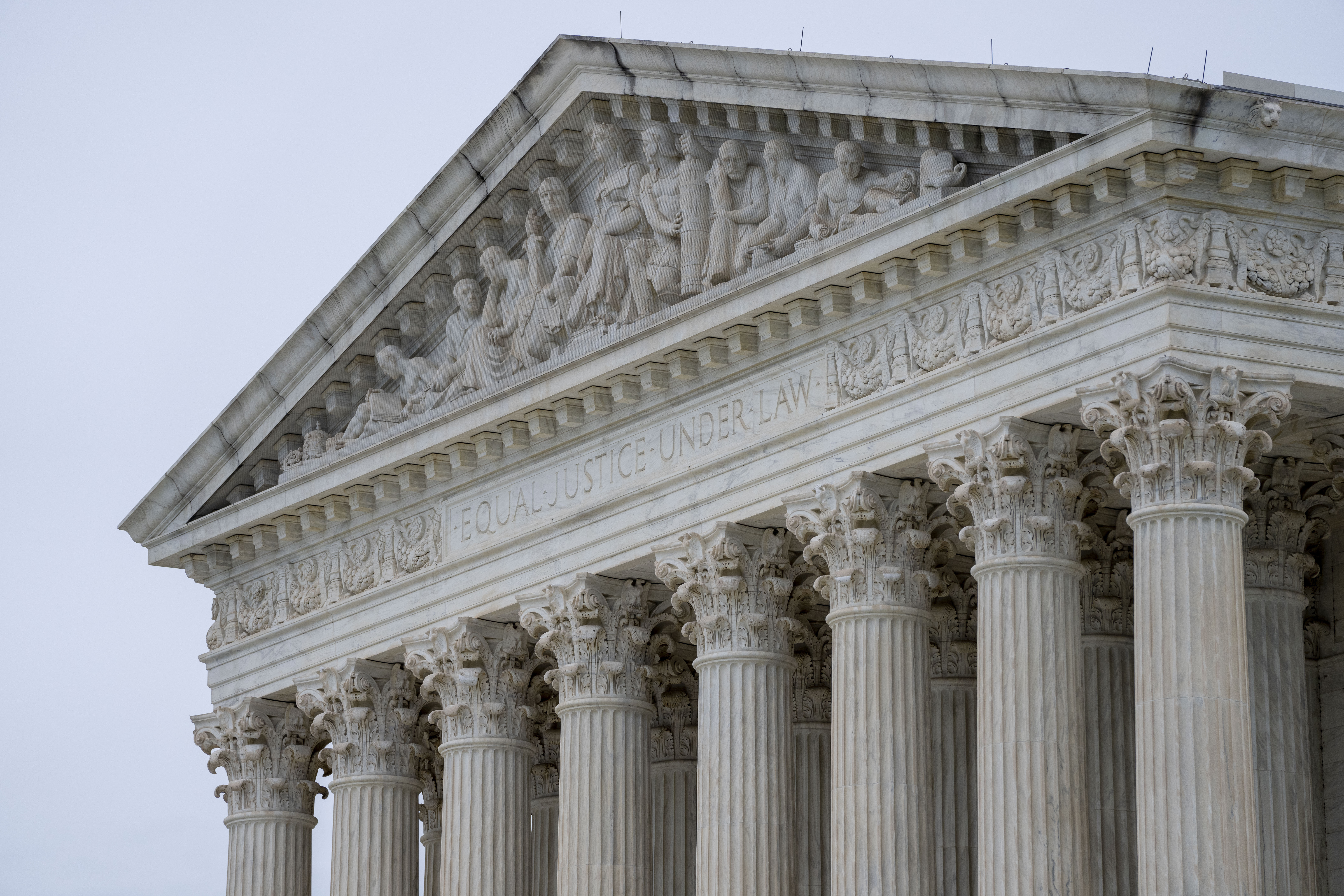The 5-4 ruling in Sackett v. EPA creates a far narrower test than what has been used for more than half a century to determine when bogs and marshes

The 5-4 ruling in Sackett v. EPA creates a far narrower test than what has been used for more than half a century to determine when bogs and marshes fall under the scope of the 1972 law. Under the majority’s definition, only those wetlands with a continuous surface water connection to larger streams, lakes and rivers should get federal protections.
Justice Samuel Alito, joined by Chief Justice John Roberts and Justices Clarence Thomas, Neil Gorsuch and Amy Coney Barrett, wrote in the majority opinion that only those wetlands that are “indistinguishable” from those larger waters should be covered.
“Wetlands that are separate from traditional navigable waters cannot be considered part of those waters, even if they are located nearby,” Alito wrote.
The court’s liberals, joined by Justice Brett Kavanaugh, disagreed with that test, arguing that it cuts out a broad swath of wetlands that are important to Clean Water Act’s goal of protecting the nation’s waters.
“Put simply, the Court’s atextual test — rewriting ‘adjacent’ to mean ‘adjoining’ — will produce real-world consequences for the waters of the United States and will generate regulatory uncertainty,” Kavanaugh wrote in his concurring opinion.
The case centers on a patch of wetlands on an Idaho couple’s property. The justices agreed that their specific wetlands should not be subject to Clean Water Act regulation, and that the court’s prior test, stemming from the 2006 case Rapanos v. United States, should no longer determine the scope of the law. For this reason, Kavanaugh’s opinion and a separate opinion from the court’s liberals, are considered to be concurring opinions.
Alex Guillén contributed to this report.
www.politico.com
